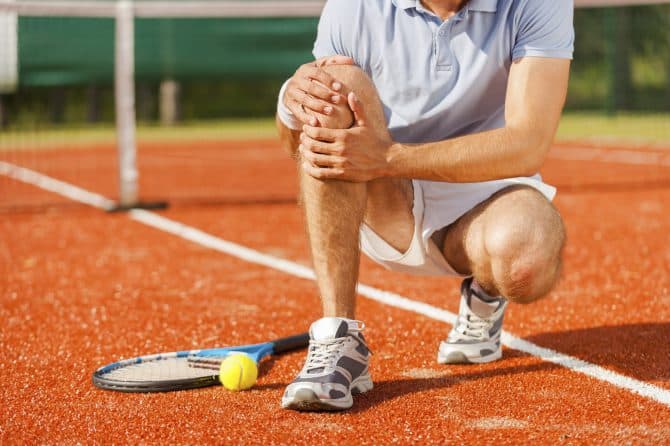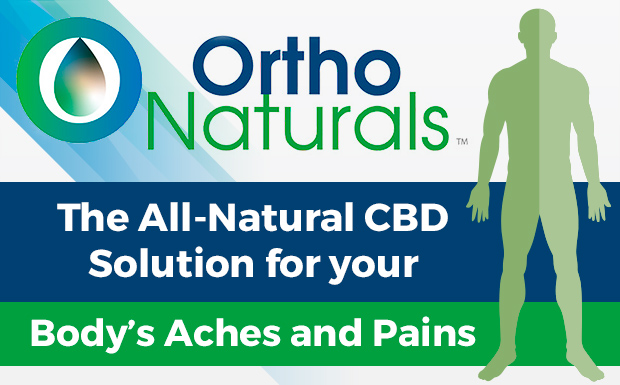
Injury prevention is one of the most interesting areas in tennis as it provides a unique forum for the athlete, the coach, and medical teams to discuss the common goal which is pain-free and optimal performance.
First and foremost it’s important to note that the term “injury prevention” isn’t actually accurate as it’s impossible to reliably say we will prevent injuries from happening. All the top athletes and teams sustain injuries despite access to extensive sports medicine departments. However, in the absence of an international consensus at the time of writing and the fact that “The reduction of potential injury risk factors” doesn’t have quite the same ring to it, the term “injury prevention” is used when referring to the common goal of pain-free, optimal performance.
So what scenarios do you think of when you hear the term tennis injury? Perhaps the high-profile ankle sprains you see during tournaments when a player is going for a beautiful backhand or the commonly quoted overuse injuries such as “tennis elbow” or “jumper’s knee” (Lateral epicondylopathy and patella tendinopathy respectively).
Although tennis is a safe sport, it’s good to know what injuries to be aware of and what are the chances of sustaining one. In a study looking at 58 NCAA tennis players, 67 percent of players sustained at least one musculoskeletal injury over the course of a season. On-court injuries were exclusively acute in nature and almost 70 percent of all training injuries were overuse conditions.
So, what should you do? Is there a silver bullet remedy or exercise that makes an athlete more robust? The answer may be simpler than you think.
Utilizing simple strategies, like ensuring you have adequate rest between sessions, getting enough sleep, managing your stress outside of sport and listening to your body are all fantastic injury prevention and recovery tools.
Sleep is regarded as a significant component of athletic preparation and potentially the single best recovery strategy available to athletes following intense training and competition. Having a nightly routine is key and this may include a hot shower prior to bed as well as eliminating screen time 30-60 minutes before bed and avoiding stimulants like caffeine after early afternoon. The quality of sleep is just as important as the quantity, but as a guideline aim for eight hours per night and fine-tune from there.
Active injury prevention techniques include strengthening, stretching, maintaining a level of fitness that matches the level you wish to play at and a soft-tissue programme. It is best to consult a physical therapist first so they can ascertain your baseline and what you need to do.
Now we know sleep is the optimal recovery aid and you can be proactive at home or at the gym, but what about on the court? The good news here the athlete and coach can reflect on factors such as the surface, the level of training, the skill of the athlete and the shot selection. An example of injury prevention in play here would be eliminating excessive grip strength during the single backhand stroke and releasing the forearm muscles in the follow-through phase. This decreases the stress put on the “tennis elbow” area, however other factors such as injury history and current fitness will dictate how beneficial this is.
In conclusion, get lots of sleep and review your technique and overall fitness. If you feel you need some individualized attention, contact a physical therapist for a joint mobility, core stability, and biomechanics assessment.
Kevin Finn is a Physiotherapist with experience in elite sports and private orthopedics. Follow Kevin on Linkedin @Kevin Finn and Twitter @KevinFinnPhysio
Call DoralDOC at (305) 537-7272 to learn more or make an appointment today!


